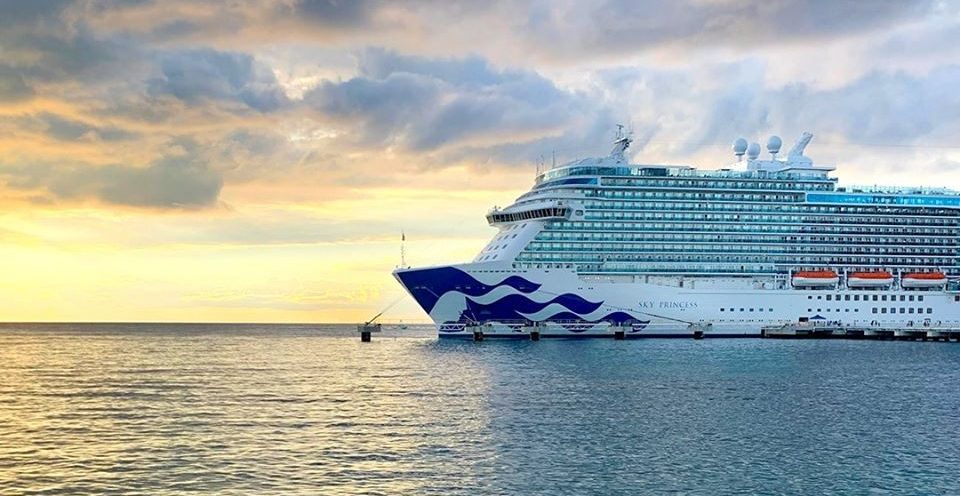
Credit: Princess Cruises
The government of Canada has announced updated measures pertaining to cruise ships and passenger vessels in Canadian waters during COVID-19 pandemic. This is in addition to the measures announced on April 5th prohibiting all commercial marine vessels with a capacity of more than 12 passengers from engaging in non-essential activities, such as tourism or recreation until June 30.
The cruise-ship season in Canada is all but dead as Ottawa extends a ban on ships in Canadian waters until the end of October.
Transportation Minister Marc Garneau says passenger ships with overnight accommodations for more than 100 passengers can’t operate in Canadian waters until at least Oct. 31.
In March the government barred ships with more than 500 passengers until July 1 but Garneau is expanding that ban today.
He says he understands that this will have a big economic impact on the tourism industry and that the government is looking at what to do about that.
Last year 140 cruise ships brought more than two million visitors to Canadian ports.
Garneau says smaller passenger ships are also banned from Arctic waters until Oct. 31 but after July 1 can operate elsewhere with the approval and guidelines of local health authorities.
NEW MEASURES
Essential passenger vessels, such as ferries and water taxis, can continue to operate using mitigation measures. These could include reducing the number of passengers or using alternative practices such as keeping people in their vehicles, when safe to do so, or enhanced cleaning and hygiene measures to reduce the risk of spreading COVID-19.
- Cruise ships with overnight accommodations allowed to carry more than 100 persons are prohibited from operating in Canadian waters until October 31, 2020.
- As of July 1, 2020, all other passenger vessels must follow provincial, territorial, local and regional health authority requirements for timelines and processes to resume operations.
- Smaller cruise ships (100 or less passengers and crew with overnight accommodations) in non-Arctic Canadian waters are allowed to resume operations from July 1 but must follow provincial, territorial, local and regional health authority requirements.
- Day cruise ships and passenger vessels capable of carrying more than 12 passengers – no overnight accommodation
(e.g., travel for tourism, recreation, etc.) in non-Arctic Canadian waters can resume operations from July 1 but must follow provincial, territorial, local and regional health authority requirements. - Ferries and essential passenger vessel operators must conduct half-load voyages to support the two-metre physical distancing rule or implement alternative practices to reduce the risk of spreading COVID-19, such as keeping people in their vehicles, when safe to do so, or enhanced cleaning and hygiene measures.
- Pleasure craft in non-Arctic coastal waters, south of the 60th parallel (e.g. fishing, pleasure power boating, sailing, and paddling) must follow the guidance of local health authorities.
- Passenger vessels with the capacity to carry more than 12 persons continue to be prohibited from entering Arctic coastal waters (including Nunatsiavut, Nunavik and the Labrador Coast) until October 31, 2020.
- Beginning July 1, 2020, passenger vessels will be allowed to operate in inland rivers and lakes in the Northwest Territories, Nunavut and Yukon.
Enforcement actions for failing to abide by the measures could include administrative monetary penalties of up to $5,000 per day for an individual and $25,000 per day for a vessel or corporation, as well as criminal sanctions, which include up to $1 million in fines and/or up to 18 months’ imprisonment.
With Files From The Canadian Press







